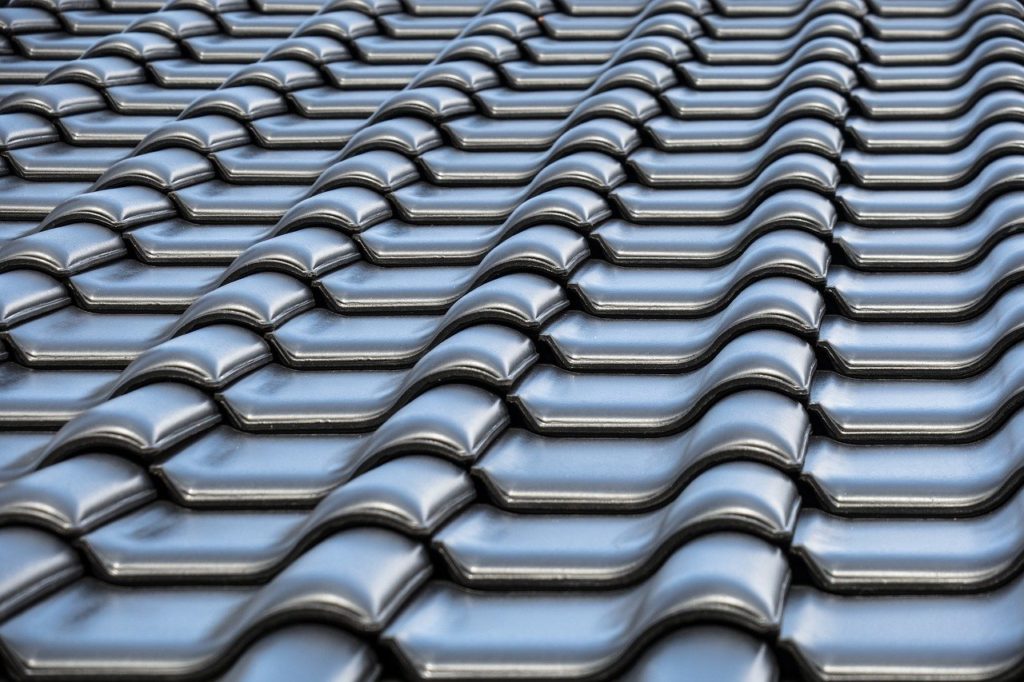Staying Updated About Current Roofing Trends and Technologies

As a business owner, it pays to stay updated on current roofing trends. With many companies having massive flat roofs, the cost of maintenance and replacement is often in the tens of thousands or more. Knowing the current technology and how that affects the longevity and durability of roofing design is an excellent way to keep costs in perspective. There are four trends you need to be aware of in the roofing industry as a business owner or manager.
1. TPO Roofing Systems
Thermoplastic polyolefin roofs use a single-ply layer of synthetics and reinforcing scrim materials. It is one of the most popular roofing options for flat-roofed businesses, and it has a lifespan of 30 years. Its primary advantages come from its resistance to punctures and its ability to reflect sunlight, meaning it is one of the most energy-efficient roofing designs currently available.
2. EPDM Roofing Systems
An ethylene propylene diene monomer roof is commonly referred to as a rubber roof. It is a flexible and durable material that can be applied in a variety of thicknesses. Depending on your concern about heat, the material comes in black or white, with black being the best for colder climates where heat absorption is desired.
3. Fleeceback Membranes
Fleeceback membranes offer additional protection to recent roofing technologies, like TPO and EPDM. It is a puncture-resistant membrane requiring fewer seems, meaning that it provides extensive water and moisture protection.
4. Fiberglass Felt Underlayment
A common problem with roofing is potential water damage. Even the best roof can become susceptible to water if the wind or angle of the rain is just right. To help prevent the damage that can occur during violent storms, manufacturers created fiberglass felt underlayment, which helps to reduce moisture buildup and keep the understructure dry.
TPO and EPDM roofs are the future of flat roof design. Understanding the benefits of all these roofing materials will help you make a decision when it comes time to repair or replace your existing flat roof.
